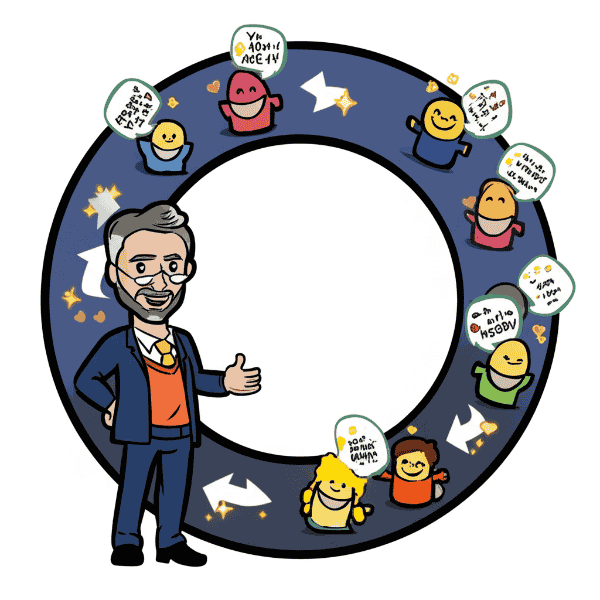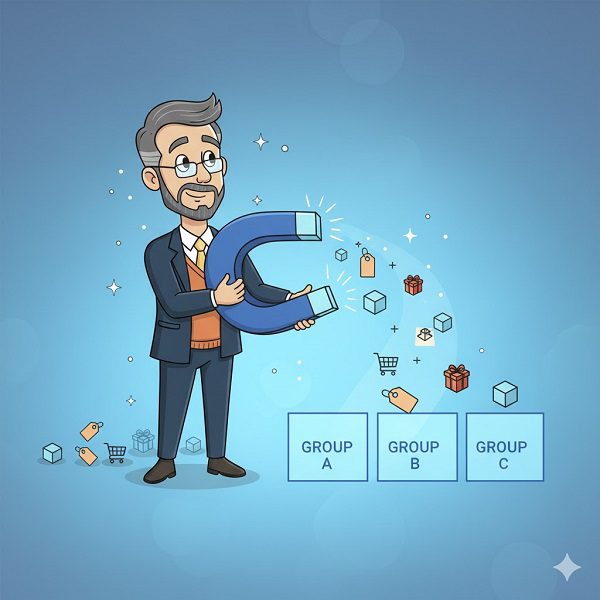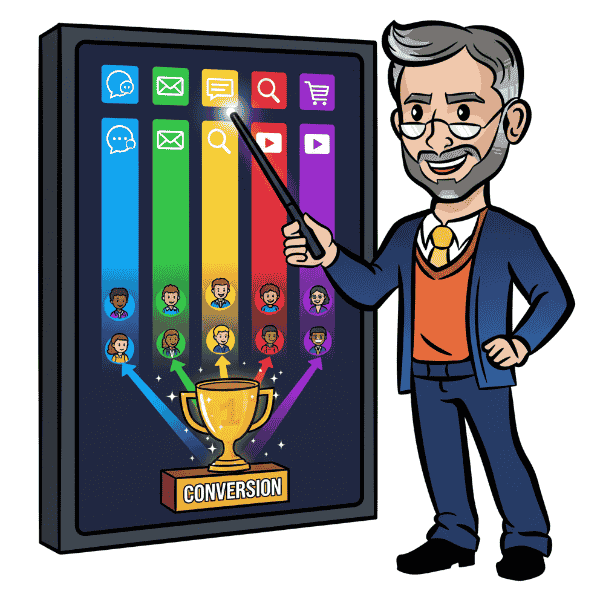Definition: A customer feedback loop is the process of collecting, analysing, and acting on customer feedback to improve products, services, and experiences. It’s called a “loop” because feedback isn’t just gathered—it’s fed back into the business to create changes, and customers are informed about how their input made an impact. This continuous cycle helps companies stay aligned with customer needs and build stronger relationships.
Use it in a Sentence: The software company built a customer feedback loop by surveying users, improving features, and sharing updates based on suggestions.
Why a Customer Feedback Loop is Important
1. Drives Continuous Improvement

By listening to customers, businesses can spot problems early and make changes that improve satisfaction and retention.
2. Strengthens Customer Trust
When customers see their feedback leads to real improvements, they feel valued and more loyal to the brand.
3. Uncovers Growth Opportunities
A feedback loop can reveal unmet needs or new ideas for features, products, or services.
4. Aligns Teams Around Customers
Sharing customer insights across marketing, sales, and product teams ensures the whole organisation stays customer-focused.
From Feedback to Action
A customer feedback loop turns customer opinions into actionable insights. By closing the loop and communicating changes, businesses build loyalty and stay competitive.
More Definitions
- Customer Churn: The rate at which customers stop doing business with a company over a set period.
- Client Acquisition: The process of attracting and securing new clients.
- Customer Journey Optimization: Improving each stage of the customer experience to boost satisfaction and conversions.
- Retention Rate: The percentage of customers a business keeps over a given period.
- Conversion Rate Optimization: Enhancing website or campaign elements to increase the percentage of users who convert.
- Creatify: A fast, repeatable way to create and reuse marketing content across campaign.
- Customer Journey Stage: A specific phase in the customer’s path from awareness to purchase and retention.























